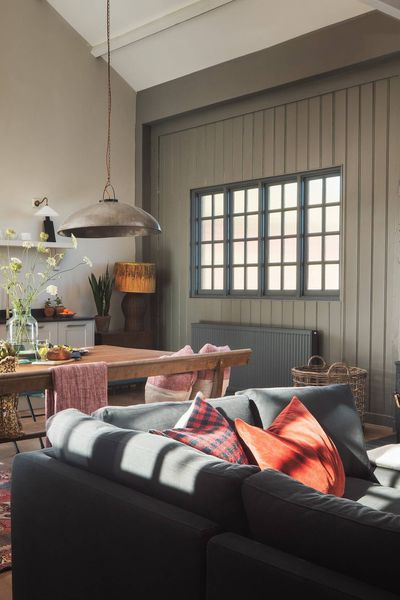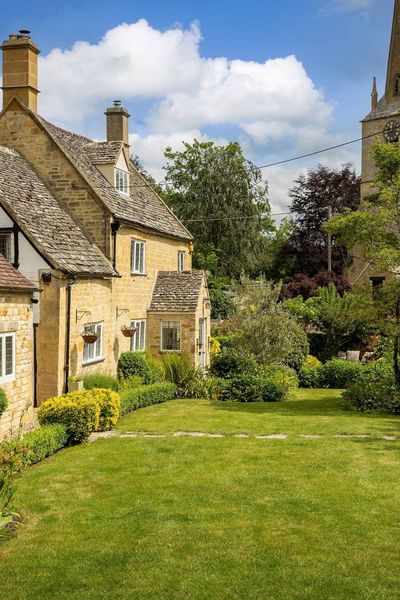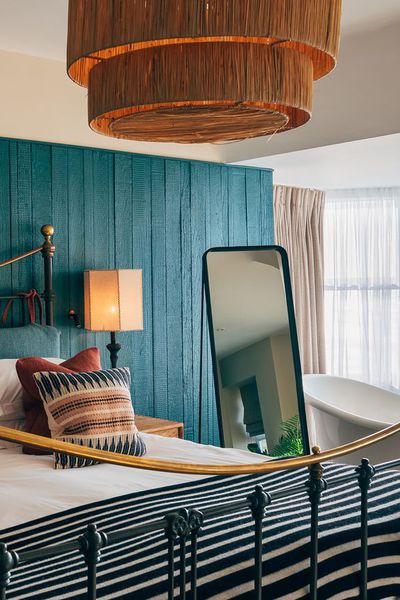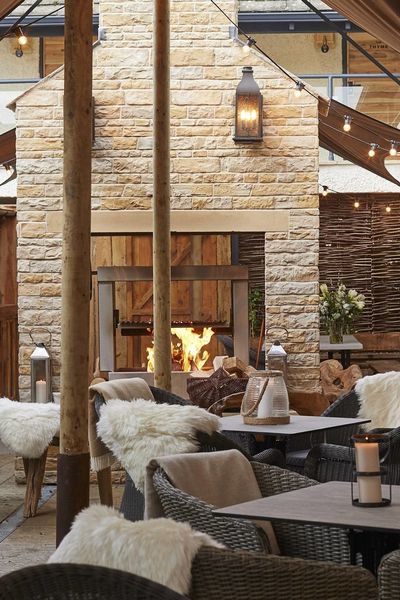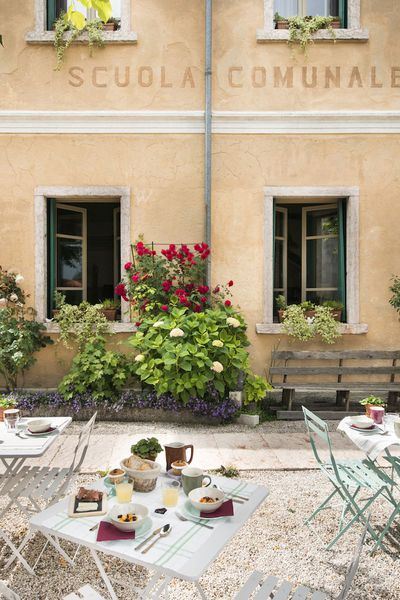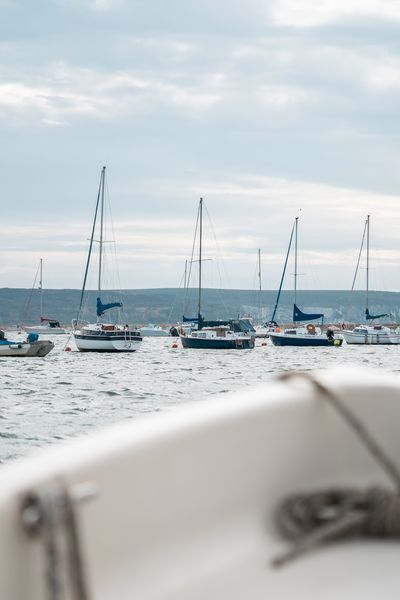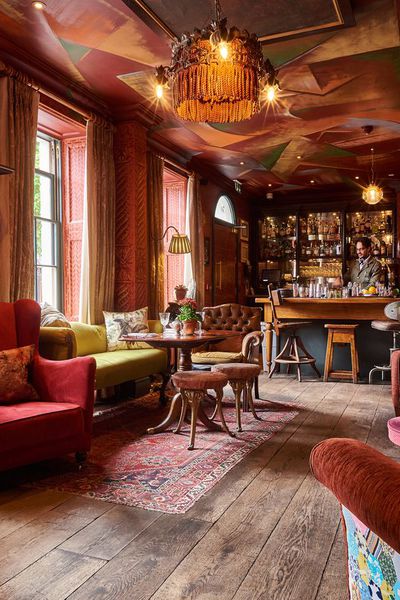
Layers of meaning: Our work with photographer Natacha de Mahieu
Sawday's Expert
5 min read
Belgian photographer and videographer Natacha de Mahieu is on a mission to provoke debate about overtourism. She visited St Ives, the Lake District and Durdle Door for us, creating images that show how crowded our most popular locations become in peak season. We spoke to her about how her layered images, showing visitors to the locations over time, have been perceived and received, as well as the danger of making them too realistic and the long, long hours of editing!
Where did the idea come from?
I took a long trip to Thailand, travelling almost entirely by bike. It forced me to move slowly, but I still passed through some of the most famous places in the country. I started to realise that between those famous parts, there were no tourists, but the landscape was almost exactly the same. It seemed a bit absurd to me. I started to ask myself why there was a huge number of people in once place and so few in another, just a short distance away.
And what did you conclude?
Well, it’s partially because those famous places might be easier to get to and have the infrastructure to cope with tourism, but I feel like travel has changed a lot in the last decade or so, since social media really took hold.
What effect do you think social media is having?
The Thailand trip was cut short because of Covid, and the only way I found to “travel” while I was at home was to go on Instagram and look at travel pictures. And I saw how many of the images on there are exactly the same. Same framing, same locations, colours, composition. It was weird. I felt like it impacted the way I looked at things on some subsconscious level which, as a photographer, really bothered me. I’ve always wanted to find my own way of looking at things and spending too much time on Instagram was eroding that.
And you think it has a broader effect on how we travel?
It seems that way to me. Young people use Instagram to find destinations these days. It’s inspiration but it’s also for searching. So they know that a lot of people will be in that place but that maybe gives it more appeal. They’re going to see the thing they’ve seen on Instagram. And they take the same photo, because while we’ve always taken photos, now we share them too and they are ranked, immediately, with likes and reactions. So you take a photo you know people will like, not something for yourself. Everyone is setting up a picture that has nobody in it and looks a certain way, not to capture the place, but to look like Instagram and the contrast between what you see on social media and the real place is enormous. The project was a way for me to get that point across, that we’re all going to the same places in the same way, but pretending we aren’t.


How do you shoot your images?
I came up with the time lapses as a way of showing how many people were in a place in a given period. I imagined that I’d have to be taking photos for a whole day, maybe more, but it was nowhere near. The Lake District one shows traffic over a single hour. St Ives was a whole day but the scale was bigger, the image was busier and the water level kept changing. Also I chose my position on one day, came back the next and all the boats had moved and blocked my shot!
And then you layer the photos?
The photos took hours, the editing takes weeks, up to a month for some of them! St Ives was one of the longest, hardest images of the series. I like to capture people doing interesting things, so that you’re rewarded if you dig into the detail. Then I have to work with the light and shadows to even it out a bit. Although I don’t want them to look too realistic.
What’s the danger of them looking too real?
I want to keep a little ambiguity, for people to doubt the reality of them. If you look carefully, you’ll know they’re not real, single photos, but it’s interesting to make people wonder for a second and interesting that they think it could be real. It’s like the reverse of Instagram. Instagram isn’t real, it’s curated for effect, so I’m doing the same. I say all the time that it’s not a single picture though, I don’t want to trick people.
And how’s the response been?
It has been a part of the conversation, for sure. People were talking about this issue and my images have added something to that. I had lots of people say they hadn’t known that so many people visited these locations, but I also get questions about why I did it that way. Some people are angry and say they aren’t real, but it all means people are thinking about the point and the process, so it’s fine. We have to talk about the impact travellers and geolocalisation is having on places.


Have you captured those effects?
I tried. I took my drone out to see if I could capture impactful images of the effects, but it’s not always visible. I wasn’t sure that what I’d taken would move and motivate people. I’m still thinking about it, but for now I’ll have to let people draw their own conclusions when they see how many people are in these places at once.
Has the imagery series had an effect on your own travel habits?
I tend to spend my longer projects living in my van, which can be a positive, but I’m not perfect as a traveller or a tourist. Part of the project was making me question my own decisions, definitely. I’m very lucky that I can take time with my job to travel a bit differently, more slowly, but many people don’t have that chance. I just try to show respect for the places I’m visiting and the people who live there.
Is that what you’d say to someone who doesn’t have that time?
Yes, that’s part of it. But also, you don’t have to far to get the feeling you’re looking for. Europe is a lovely continent, you don’t need to go to Thailand or Chennai. You can go to closer places and have that same experience. I think that’s the most important thing, to find important places to you close by.
Find out more about travelling better >
Want more travel inspiration? Get our email updates direct to your inbox >
Sign up >Share this article:
You might also like
Little Green Bag – Our B Corp packing list

Christopher Wilson-Elmes
Sawday's Expert
5 min read
The Lakes without brakes: How to visit England’s most popular National Park, car-free

Tessa Holmes
Sawday's Expert
5 min read
What we’ve learnt as part of our overtourism campaign

Tessa Holmes
Sawday's Expert
5 min read

